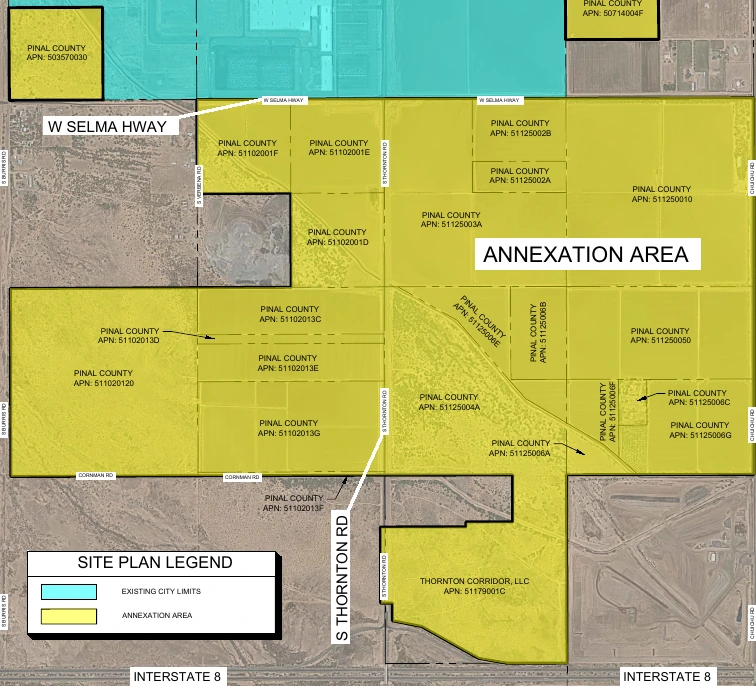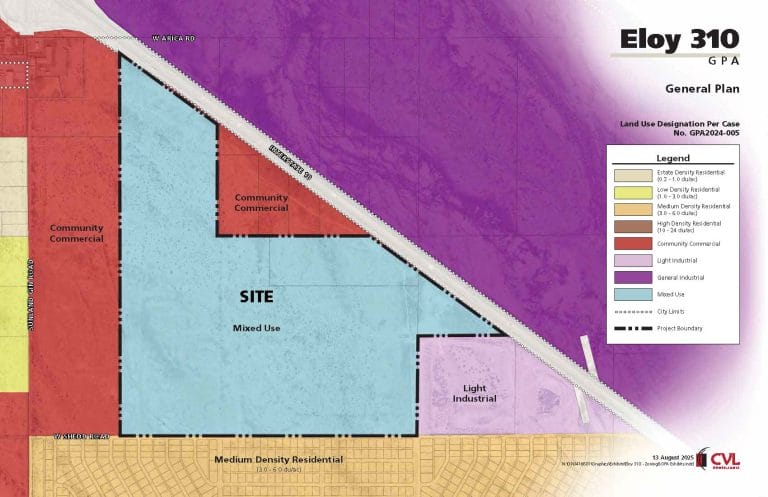The Monday Morning Quarterback
A quick analysis of important economic data released over the last week
By Elliot D. Pollack | Rose Law Group Reporter
Excellent news this week delivered by two “JJ”s: JJ Watt picking the Arizona Cardinals and hopefully lifting our playoff chances for years to come, as well as J&J (Johnson & Johnson) getting their single-shot COVID-19 vaccine U.S. FDA approval for emergency use. We will let other media outlets cover our newfound Super Bowl hopes while we address the vaccination news and its impact on our economic trajectory.
The Johnson & Johnson single-shot vaccine has demonstrated to be 66% effective at preventing Coronavirus infections altogether and 85% effectiveness in preventing severe COVID-19 cases four weeks after receiving the vaccine. Representatives of the company have also indicated that their vaccine showed protection across countries with different variants and has shown promise in stopping people from spreading the virus asymptomatically, which is more common among younger age groups. The company expects to deliver enough vaccines by the end of March to fully vaccinate more than 20 million people in the U.S. and plans to deliver 100 million vaccines to the U.S. by July. They have also submitted applications for approved use to Europe, the World Health Organization, and several other countries.
The Johnson & Johnson vaccine provides several advantages in the fight against the COVID-19 pandemic. For one, it is yet another source of vaccine supply that can join with existing vaccines to accelerate vaccinations and, thus, full economic recovery. Secondly, it is a single dose vaccine which should increase correct vaccine compliance and distribution when just one shot is needed over two. Third, it can remain stable and be stored similar to other vaccines at normal refrigerated temperatures. This allows the vaccine to utilize our existing infrastructure of vaccine delivery. This will help vaccine distribution to more remote areas and places that cannot store other COVID-19 vaccines at more extreme cold temperatures. It’s also cheaper to produce.
Taken together, the millions of extra vaccine doses will help the U.S. accelerate towards herd immunity. And while some may worry about the lower efficacy rate compared to other options, this shot may be particularly useful to distribute to the younger population. Those who are under 65 and already not at great risk of major COVID-19 complications still need to get vaccinated to reduce risk of spread to populations at greater risk of severe disease from COVID-19. This shot will be convenient to receive, does not need a booster shot, has shown great promise against COVID-19 variants, and those who received the J&J vaccine during trials reported milder side effects compared to Pfizer and Moderna.
Overall, we warmly welcome both JJs to Arizona.
Now, on to the data.
U.S. Snapshot:
- The effects of the additional fiscal stimulus was felt in January. Personal income grew 10% over December. Disposable personal income rose 11.4% while personal consumption expenditure grew only 2.4%. As a result, the savings rate increased from 13.4% to 20.5%
- Leading indicators growth picked up in January. The index grew 0.5% from December up from the monthly gain of 0.4% seen in December.
- Real GDP was revised upwardly in the second estimate for the fourth quarter. The annualized growth rate increased to 4.1% from 4.0%. Despite the increase the annual decreased remained at 3.5% for the year.
- Consumer confidence increased for the month of February. The level grew 2.7% from a month ago to 91.3. This trend is expected to continue as the vaccine rollout continues and additional fiscal stimulus is approved.
- The Pending Home Sales Index declined in January. The index remains at a very high level. The primary reason for the decline is the lack of inventory available to buyers.
- New home sales opened 2021 at 923,000 (SAAR) up 4.3% from a month ago and 19.3% from a year ago. This is good news. We have seen a significant increase in lumber prices adding additional pricing pressure to new homes.
- Annual home prices increasing was reiterated by the double-digit growth (10.1%) in the Composite-20 Case-Shiller index. December’s growth was the seventh straight month of accelerating growth rate.
Arizona Snapshot:
- The lodging sector continues to be heavily affected. Occupancy improved from December but remains well below the level seen last year.
- Greater Phoenix led all metros tracked in the Case-Shiller index again for the 19th month in a row. December’s annual increase (14.4%) was the fourth consecutive double-digit increase.








